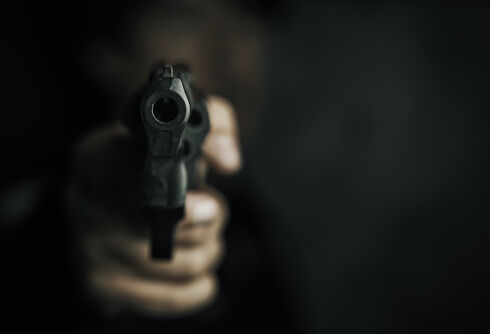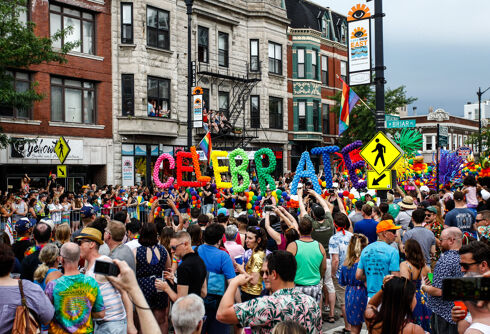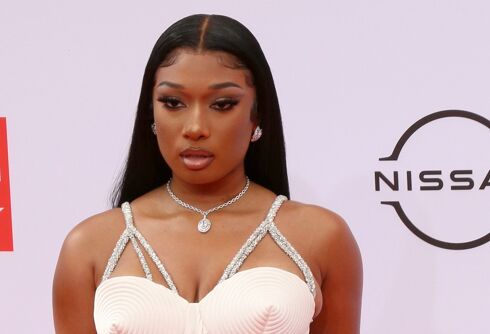CAMBRIDGE, Mass. — In a study by the Division of Adolescent and Young Adult Medicine at Boston’s Children’s Hospital, researchers have found that that 25 percent of gay and lesbian public high school students in Massachusetts were homeless.
 The study, published online Thursday, also found that 15 percent of bisexual, and 3 percent of heterosexual Massachusetts public high school students were homeless.
The study, published online Thursday, also found that 15 percent of bisexual, and 3 percent of heterosexual Massachusetts public high school students were homeless.
The author of the study, Dr. Heather Corliss, noted that sexual-minority males and females reportedly had a likelihood of a 4 to 13 times greater chance of experiencing homelessness than their exclusively heterosexual peers.
The study, published by the American Journal of Public Health, defines homelessness as having no fixed regular place to sleep with adequate care and or separation from parent/family units or guardians related to discrimination based on gender identity or sexual orientation.
Never Miss a Beat
Subscribe to our newsletter to stay ahead of the latest LGBTQ+ political news and insights.
The report concludes that overall youth homelessness is linked to numerous threats such as violence, substance use/abuse, and mental heath issues.
In an interview Friday afternoon, Corliss told LGBTQ Nation that the primary concern of Massachusetts health care professionals was that discrimination and victimization related to sexual orientation or gender identity seemed to be following a pattern, that various other studies have documented — showing there are much higher risks based on familial maltreatment among LGBTQ individuals versus those suffered by heterosexual youths.

Corliss said that the study was based on
statistical data accumulated from the Massachusetts Youth Risk Behavioral Survey, which was provided to her team by the Massachusetts Department of Elementary and Secondary Education.
She said Massachusetts is currently the only
state that includes core questions regarding LGBTQ youth on the survey in particular as related to sexual orientation/gender identity
and homelessness.
One of the drawbacks in accumulating the data and its presentation, Corliss told LGBTQ Nation, was that accurate data results were hampered by researcher’s inability to include students that weren’t surveyed owing to truancy or chronic absenteeism, noting that those individuals are often separated from parents or guardians.
She added that since middle and high school environments are frequently non-supportive or even hostile towards LGBTQ youth, it was difficult to quantify the magnitude of the issue, based on reluctance by youth to disclose some details.
This particular issue, in light of societal and cultural attitudes, has produced a pandemic which in turn increases risks as LGBTQ youth are exposed to higher rates of sexual abuse, mental health issues in particular depression, victimization and physical violence as well as alarming increased rates of suicides among LGBTQ youth, she said.
Corliss said that she and her team were optimistic that the information collected would aid in the design of programs and public policies to reduce incidents of LGBTQ youth homelessness and associated ancillary problems.
When asked about efforts to address the issue on a national basis, Corliss told LGBTQ Nation that there were limitations of utilizing the data from study as it was solely focused on Massachusetts, where there is a broader acceptance by the state’s educational system.
The entire report is available here (PDF).













